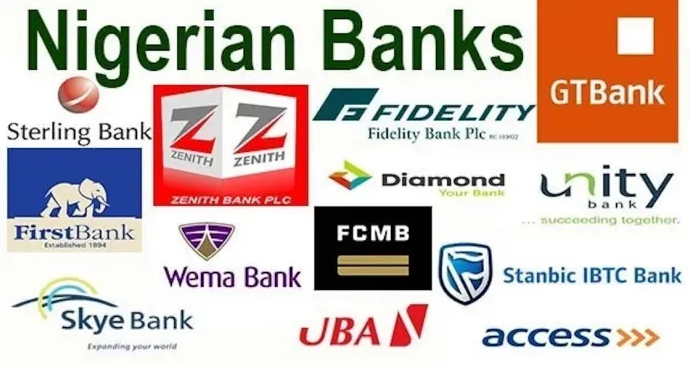Fraudsters are on the rise, and a lot of people are falling victim to this issue of fake alerts by fraudsters, this is why it is necessary to take precautions. It hurts to see your hard-earned money swindled by the so-called fraudsters in the name of sending fake bank alerts.
It is important you know the modus operandi so that you won’t fall victim to their tricks. Whether you are operating a POS machine, a business, or whatever, you need to educate yourself so that you won’t fall victim.

What They Need to Send You Fake Bank Alert
Your phone number
Your account number
Without the above information, they can’t send you fake messages, and when you eventually figure out what they’ve done, it would be impossible to track them.
The reason is, that they have a dedicated SIM card for perpetrating this evil. They figure out the format that your bank uses to send you credit or debit alerts and copies to send to you.
How to Detect Fake Bank Alerts
To prevent you from falling victim, here are the things to look out for
1. Check out for misspellings.
2. They will ask for your account number which is not out of place, and also ask for your phone number, which is out of place. That’s a red flag. No one needs your phone number to send you money.
3. Your account balance will not be credited. The real bank alert will show you how much you had before the alert and after the alert. Once you received an alert, also log on to your mobile bank to confirm its authenticity if it reflects.
4. Have a precise knowledge of how much was there before, and if it corresponds with the previous amount then you’re on track. If not you might just be about to be scammed.
5. If you were sent a mail, check the email source and look out for the official email address of your bank.
6. Check the authenticity of the mobile app users.
This is IMPORTANT
1. Check your Email: Once you received the suspected bank alert, check your email source. If it doesn’t reflect in your email, then it is fake.
2. Check the credit alert you received if it contains your available bank. Fake bank alerts will not contain your available balance so you can easily detect the fake alert if your account balance does not reflect along with transfer payments done by your customers/buyers.
Take precautions, if you are once a victim, don’t fall for the second time… Fraudsters are everywhere.
